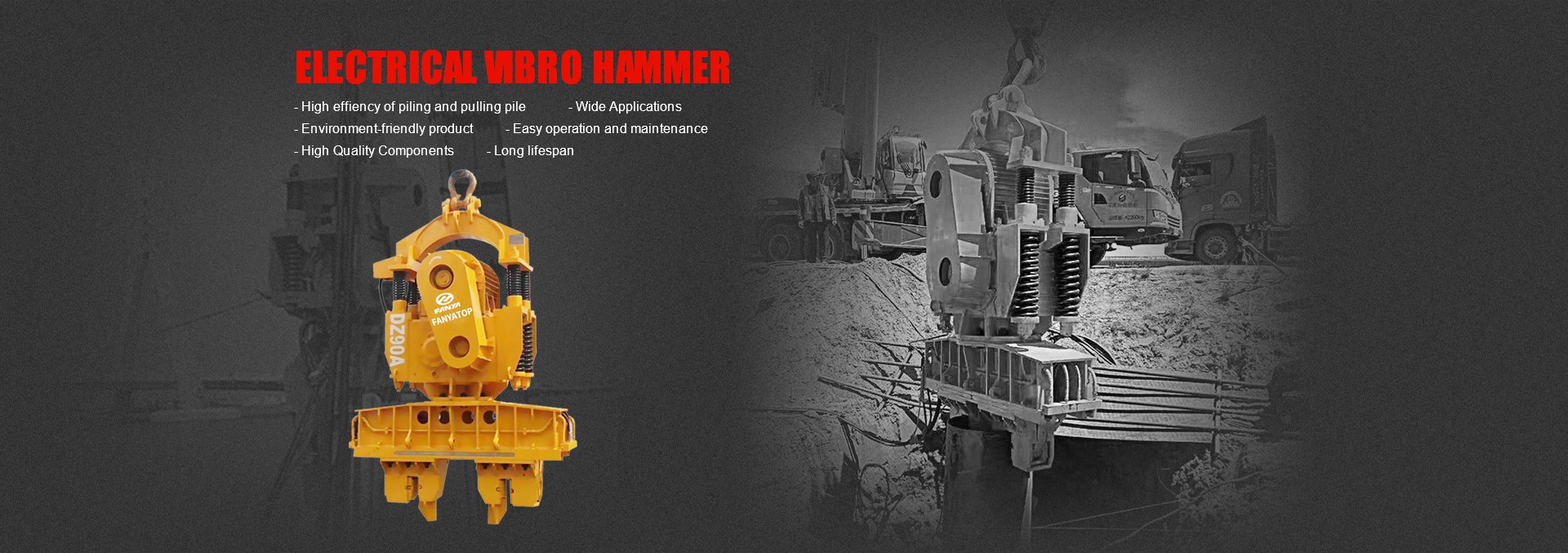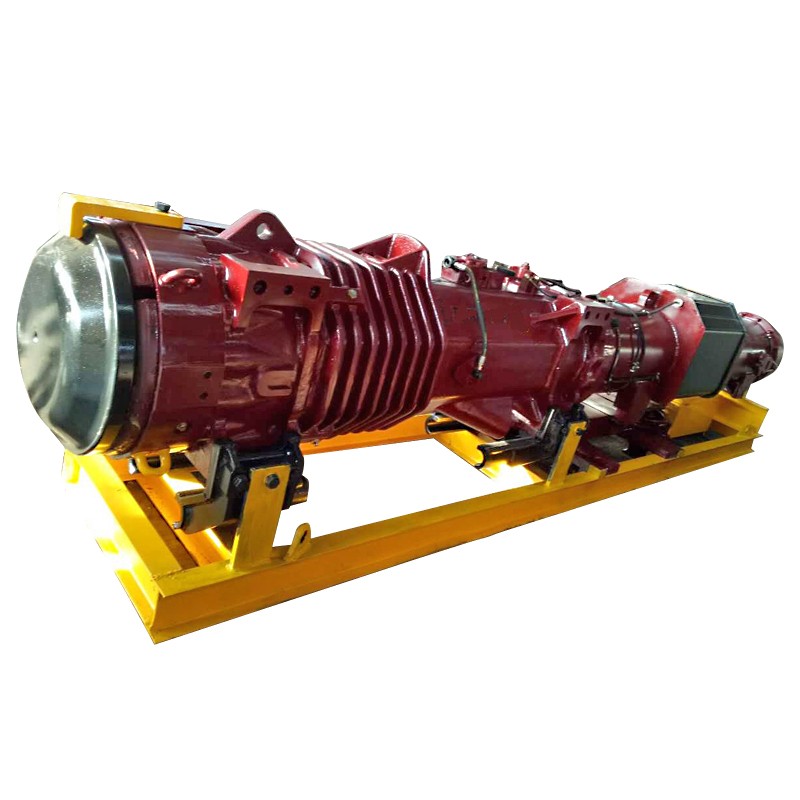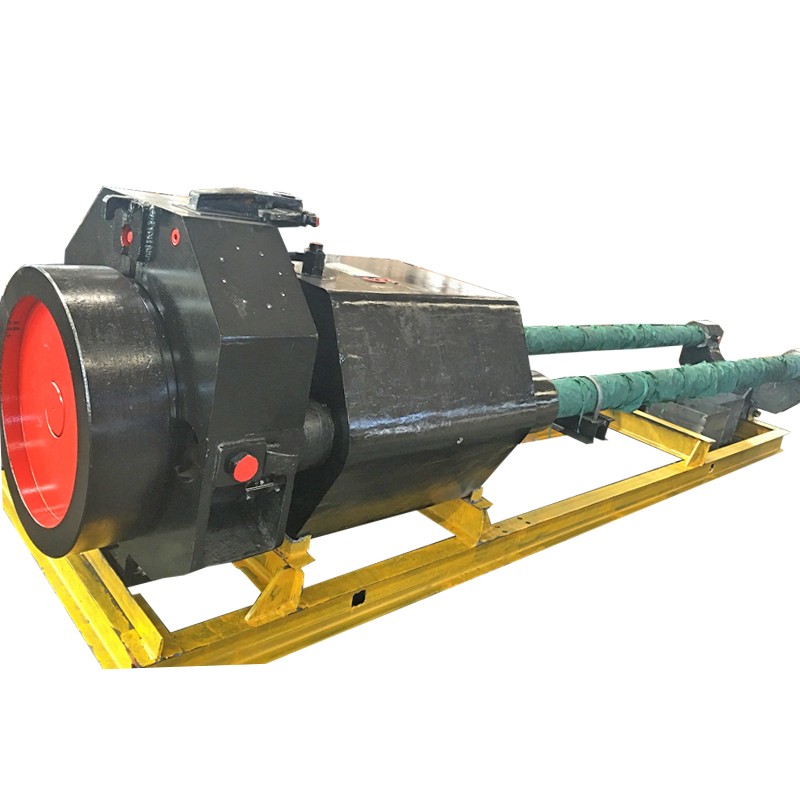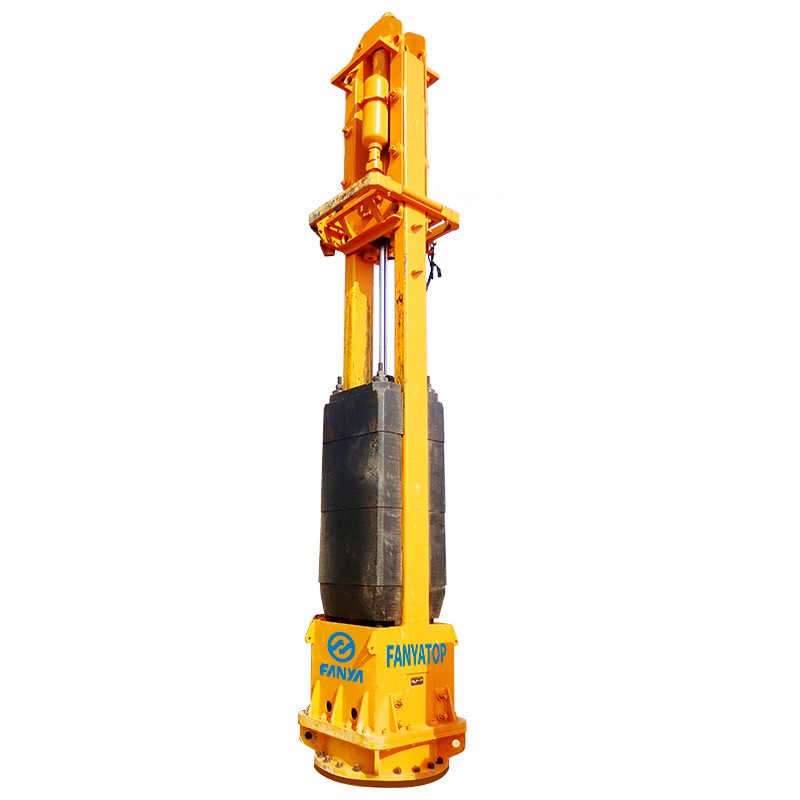How a Guide Rod Diesel Pile Hammer Works
The Role of Gravity and Acceleration
Gravity plays a key role in the operation of a Guide Rod Diesel Pile Hammer. When the hammer is lifted, it stores potential energy. As it drops, gravity accelerates the hammer downward, converting potential energy into kinetic energy. This acceleration increases the force of the impact when the hammer strikes the pile.
Tip: Regularly inspect the guide rods for wear or damage. This ensures the hammer maintains its alignment and delivers consistent performance.
Diesel Combustion and Energy Transfer
The diesel engine is the powerhouse of the Guide Rod Diesel Pile Hammer. It generates energy through a combustion process. When diesel fuel ignites inside the combustion chamber, it creates a controlled explosion. This explosion produces a burst of energy that lifts the hammer to its starting position.
Once the hammer reaches the top, gravity takes over, and the cycle repeats. The energy from the combustion process combines with the force of gravity to deliver a powerful impact. This dual-energy system allows the hammer to drive piles into even the toughest soil conditions.
Pile Driving Process and Ground Penetration
The pile-driving process begins when the hammer strikes the pile. The impact transfers energy from the hammer to the pile, pushing it into the ground. This energy must overcome the resistance of the soil, which varies depending on the type of ground.
Note: Always check the soil conditions before starting the pile-driving process. This helps you adjust the hammer's settings for maximum efficiency.
Advantages of Guide Rod Diesel Pile Hammers
High Impact Energy and Efficiency
You can rely on a Guide Rod Diesel Pile Hammer for its exceptional impact energy and operational efficiency. These machines deliver powerful blows that drive piles deep into the ground, even in tough soil conditions. The DD25 model, for instance, operates at an impressive efficiency of 2-3 meters per minute. This speed ensures faster completion of pile-driving tasks, saving time on construction projects.
Tip: Regularly monitor the blow rate to ensure consistent performance and avoid delays during operations.
Versatility Across Pile Types
A Guide Rod Diesel Pile Hammer adapts to various pile types, making it a versatile choice for construction projects. Whether you're working with wooden piles, metal piles, or prefabricated concrete piles, this machine delivers consistent results. It also handles specialized piles like lime soil piles, concrete poured piles, and concrete tamped piles with ease.
Note: Before starting, confirm the pile type and adjust the hammer settings for optimal performance.
Simple Design and Maintenance
The simple design of a Guide Rod Diesel Pile Hammer reduces maintenance requirements and enhances durability. With fewer components, these machines are easier to inspect and repair. This streamlined structure also lowers manufacturing costs, making them more affordable for construction companies.
Limitations of Guide Rod Diesel Pile Hammers
Noise and Vibration Levels
Guide Rod Diesel Pile Hammers generate significant noise and vibration during operation. You may find this challenging, especially in urban areas or near residential zones. The hammer's impact mechanism produces loud sounds that can disturb nearby communities. Vibrations from the pile-driving process can also affect surrounding structures, causing potential damage or instability.
Tip: Always assess the proximity of sensitive areas before starting operations. This helps you minimize disruptions and avoid complaints.
Environmental and Emission Concerns
Diesel-powered hammers release emissions that contribute to air pollution. If you operate these machines in areas with strict environmental regulations, you may face challenges meeting compliance standards. The combustion process produces carbon dioxide and other pollutants, which can harm the environment and affect air quality.
Operational Challenges in Certain Conditions
Guide Rod Diesel Pile Hammers may struggle in extreme weather or unique soil conditions. Cold temperatures can affect the diesel engine's performance, making it harder to start and operate. In rocky or uneven terrain, the hammer may require additional adjustments to achieve effective pile driving.
Tip: Always inspect the site and adapt your equipment to the conditions. This ensures smooth operations and avoids unnecessary delays.
Applications of Guide Rod Diesel Pile Hammers in Construction
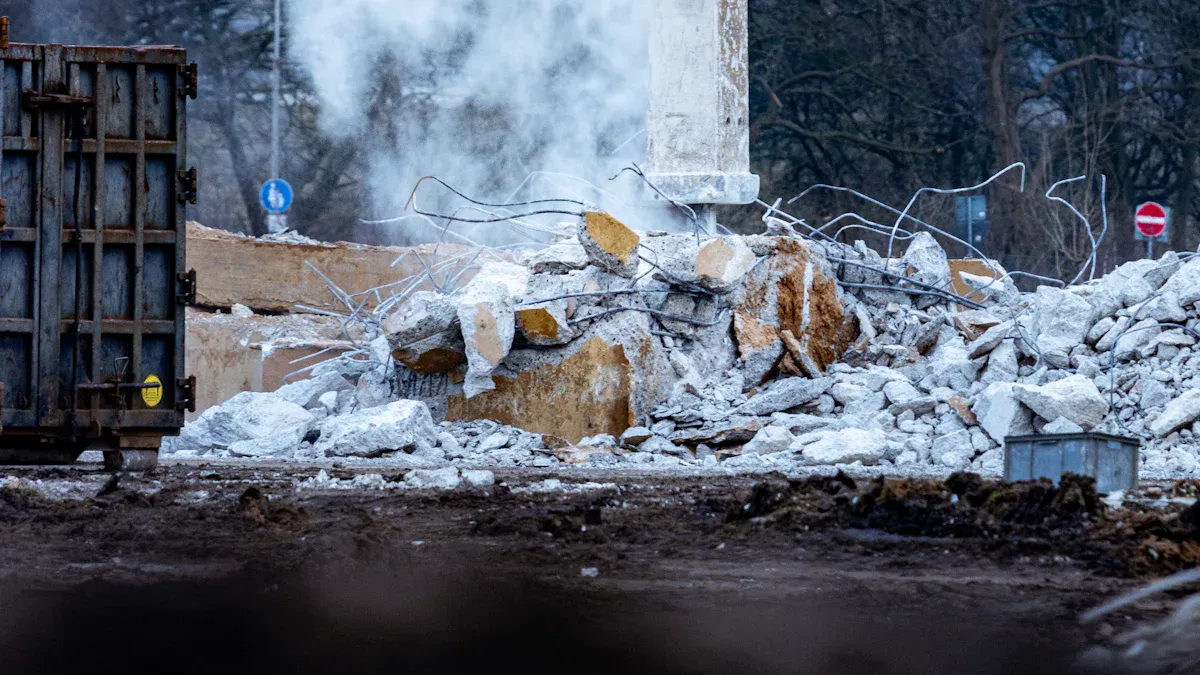
Foundation Work for Buildings
You can use a Guide Rod Diesel Pile Hammer to create strong foundations for buildings. It drives piles deep into the ground, ensuring stability for structures like skyscrapers, residential complexes, and industrial facilities. The hammer’s high impact energy makes it ideal for handling various soil types, from soft clay to dense sand.
When working on building foundations, precision matters. The guide rods help you achieve accurate alignment and depth for each pile. This ensures the foundation can support the weight of the structure and resist shifting over time. Regular inspections of the hammer assembly and guide rods will help you maintain consistent performance during foundation work.
Tip: Before starting, assess the soil conditions to determine the best pile type and hammer settings for your project.
Infrastructure Projects like Bridges and Docks
Infrastructure projects like bridges and docks rely on deep foundations to withstand heavy loads and environmental forces. You can use a Guide Rod Diesel Pile Hammer to drive piles into riverbeds, coastal areas, or other challenging terrains. Its powerful impact mechanism ensures the piles penetrate deeply, providing the stability needed for these large-scale structures.
For bridge construction, the hammer helps you secure piles that support piers and abutments. In dock projects, it drives piles that anchor the structure to the seabed. The versatility of the hammer allows you to work with different pile materials, such as steel or concrete, depending on the project requirements.
Note: Always monitor the pile-driving process to ensure the foundation meets the structural demands of the infrastructure.
Specialized Use in Weak or Tough Soil Conditions
Weak or tough soil conditions can pose challenges during construction. You can rely on a Guide Rod Diesel Pile Hammer to overcome these obstacles. In weak soils like silt or peat, the hammer’s high impact energy ensures the piles reach stable layers beneath the surface. In tough soils like rocky terrain, its robust design delivers the force needed to break through resistance.
The adaptability of the hammer makes it suitable for specialized applications, such as reinforcing weak ground or anchoring structures in challenging environments. By adjusting the hammer’s settings, you can optimize its performance for the specific soil conditions at your site.
Tip: Conduct a soil analysis before starting to determine the best approach for pile driving in unique conditions.
A Guide Rod Diesel Pile Hammer is a vital tool for driving piles into the ground. You’ve learned how its components, like guide rods, diesel engine, and hammer assembly, work together to deliver powerful performance. Its operation combines gravity and diesel combustion to achieve efficient pile driving, even in tough soil conditions.
This machine plays a key role in construction, offering reliability for building foundations, bridges, and docks. Its adaptability to various scenarios makes it an essential choice for projects requiring deep and stable foundations.
FAQ
1. How do you maintain a Guide Rod Diesel Pile Hammer?
Regular maintenance includes checking the guide rods for wear, cleaning fuel lines, and inspecting the hammer cushion. Replace worn parts like injectors and seals promptly. Lubricate moving components to reduce friction and ensure smooth operation.
Tip: Schedule routine inspections to prevent unexpected breakdowns.
2. Can you use a Guide Rod Diesel Pile Hammer in cold weather?
Yes, but you need to prepare the equipment. Preheat the engine and use winter-grade diesel fuel to ensure smooth operation. Adjust the hammer settings to compensate for the effects of cold temperatures.
Note: Cold weather can affect performance, so plan accordingly.
3. What types of piles can this hammer drive?
You can use it for wooden, steel, and concrete piles. It also works with specialized piles like lime soil piles and concrete tamped piles. Its versatility makes it suitable for various construction projects.
Tip: Confirm the pile type before starting to optimize performance.
4. How do you reduce noise and vibration during operation?
Install noise barriers and vibration-dampening systems to minimize disturbances. These solutions improve compliance with regulations and reduce the impact on nearby structures.
Note: Assess the site conditions to determine the best mitigation strategies.
5. Is this hammer suitable for rocky terrain?
Yes, its robust design and high impact energy make it effective in tough soil conditions like rocky terrain. Adjust the hammer settings to increase impact force for better penetration.

